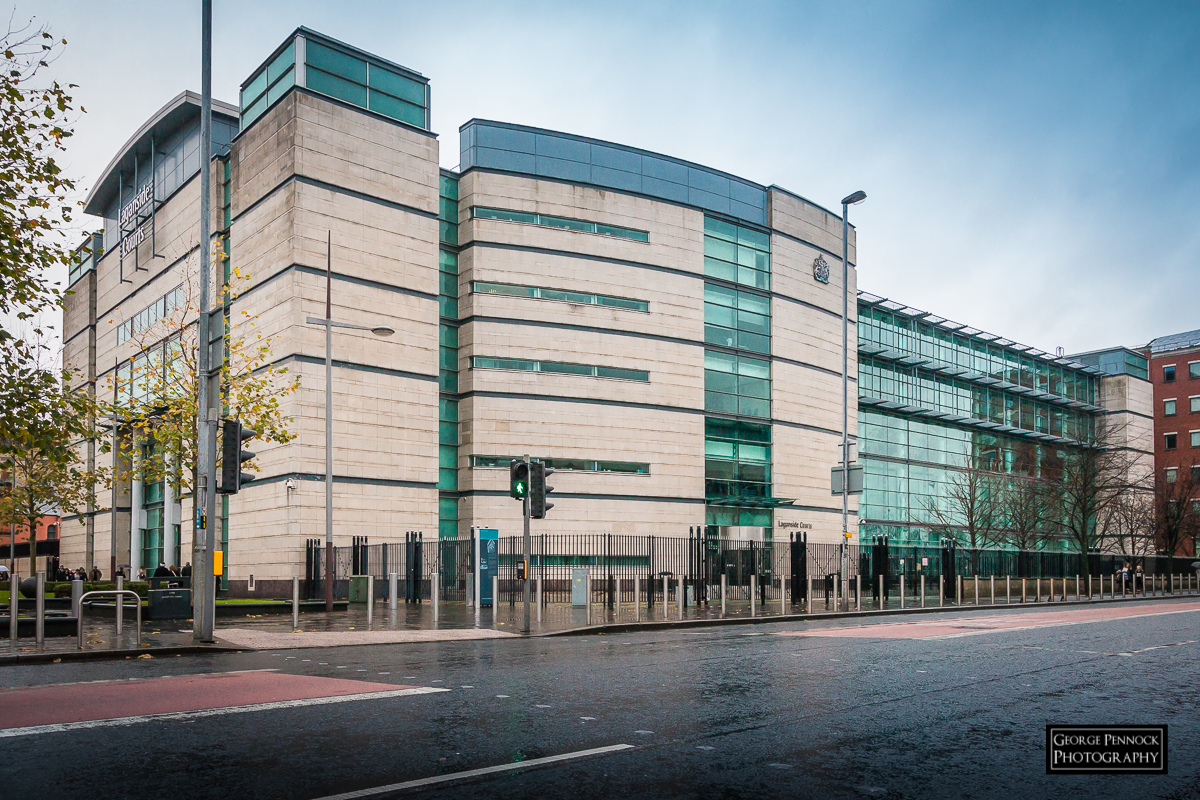Social media has become an integral part of modern life, with platforms such as Facebook and Instagram now used by around 70% of the population. This widespread usage carries significant implications for personal injury cases in Northern Ireland and the Republic of Ireland, where social media evidence is increasingly utilised in legal proceedings.
The Growing Importance of Social Media Evidence
Platforms like Facebook, Twitter, Instagram, Strava, and TikTok offer a wealth of information that can play a crucial role in personal injury cases. Posts, photos, videos, and comments are often examined to assess the credibility of a claimant’s allegations regarding their injuries and the impact on their lifestyle. Companies such as Netwatch are commonly engaged to scrutinise a claimant’s social media presence for evidence that might suggest their injuries have been exaggerated or fabricated. For instance, a claimant who asserts they have severe physical limitations might undermine their case by posting images or videos of themselves participating in activities that contradict their claims.
Solicitors have a duty to take positive steps to ensure that their clients appreciate at an early stage of the litigation the duties of Disclosure and Discovery. Solicitors must also advise their clients not to destroy “documents” which might possibly have to be disclosed. This duty extends to social media posts.
Admissibility of Social Media Evidence in Northern Ireland
In Northern Ireland, any party involved in an action must disclose to the other party any documents “which are or have been in their possession, custody, or power relating to matters in question in the case or matter.”
The test for discovery is set out in the Supreme Court Practice (1999 Volume 1 at 24/2/11), which is as follows:
“Not limited to documents which should be admissible in evidence nor to those which would prove or disprove any matter in question: any documents which, it is reasonable to suppose, contain information that may enable the party (applying for discovery) either to advance their own case or to damage that of their adversary, if it is a document that may reasonably lead to an inquiry which may have either of those two consequences, must be disclosed.”
A claim that documents are confidential does not, in itself, exclude them from the obligation of disclosure. The fact that material available on a publicly-accessible part of a social media account can be used as evidence seems uncontroversial.
As Lord Goff noted in Attorney General v Guardian Newspapers (No 2) [1990] AC 109 at 282:
“Once (information) has entered what is called the public domain, then as a general rule, the principle of confidentiality can have no application to it.”
Order 24, Rule 9 of the Rules of the Supreme Court (NI) 1980, which concerns an application for discovery of documents, states:
“On the hearing of an application for an order under rule 3, 7 and 8, the court, if satisfied that discovery is not necessary, or not necessary at that stage of the case or matter, may dismiss or, as the case may be, adjourn the application and shall in any case refuse to make an order if it is of the opinion that discovery is not necessary either for disposing fairly of the cause or matter or for saving costs.”
There is no doubt that documents, if relevant—such as social media posts—are discoverable. Prima facie, they constitute information that is entitled to be used.
This was evidenced in the Northern Irish case of Martin and ors Gabriele v Giambrone P/A Giambrone & Law [2013] NIQB 48, where it was held that privacy settings on a Facebook post did not affect the admissibility of evidence and the evidence was admitted.
Challenges with Privacy Settings
The issue of privacy settings on social media accounts has not been extensively addressed by Irish courts. However, in Martin v Giambrone, it was noted that users share information on platforms like Facebook at their own risk, as there is no guarantee that posts intended for friends will remain private. Hordner J, in his judgment, stated:
“Anyone who uses Facebook does so at their peril. There is no guarantee that any comments posted to be viewed by friends will only be seen by those friends. Furthermore, it is difficult to see how information can remain confidential if a Facebook user shares it with all their friends and yet no control is placed on the further dissemination of that information by those friends. No evidence was provided as to how many friends the defendant had and what their relationship was with each of them. It was certainly not suggested that those friends were restricted in any way as to how they used any information given to them by the defendant. To avoid any confusion, I do not consider that any of the friends viewing that information would necessarily have concluded that the information was confidential and could not be disclosed. I have received no evidence as to why those friends were restricted in how they can use information received from the defendant and why they would have known this information was confidential or private.”
In the United States, courts have deliberated the balance between the probative value of social media evidence and privacy rights. For example, in Spoljaric v Savarese (2020), the court allowed the discovery of social media material related to physical activities but rejected requests for Fitbit and dating website data due to privacy concerns.
Case Dismissals Due to Social Media Evidence
Social media evidence has led to the dismissal of claims in some cases. We wrote previously about Fraud in Personal Injury cases in Ireland citing the case of Glantine Inns [2010] IEHC 214, the plaintiff’s claim of severe injuries was undermined by their Facebook activity, which included playing sports and participating in a parachute event. Similarly, in Gervin v MIB [2017] IEHC 286, the plaintiff’s claim of being unable to attend the gym was contradicted by her Facebook posts.
“Her Facebook page was put to her in cross-examination, and I am satisfied from the entries, which she admitted had been posted by her, that she had returned to the gym by 2013 at least. Her suggestion that the evidence had been obtained in breach of her privacy settings is not credible, as at the relevant time, she did not have a privacy restriction on her Facebook account.”
Conclusion
Social media evidence plays a pivotal role in personal injury cases, offering insights into a claimant’s lifestyle and the veracity of their claims. Both claimants and insurers must navigate this digital landscape with caution, keeping in mind the potential legal consequences. As technology continues to evolve, the role of social media in legal proceedings is expected to grow, making it a crucial factor in personal injury litigation, along with the inevitable issues concerning admissibility, privacy, and authenticity.
















